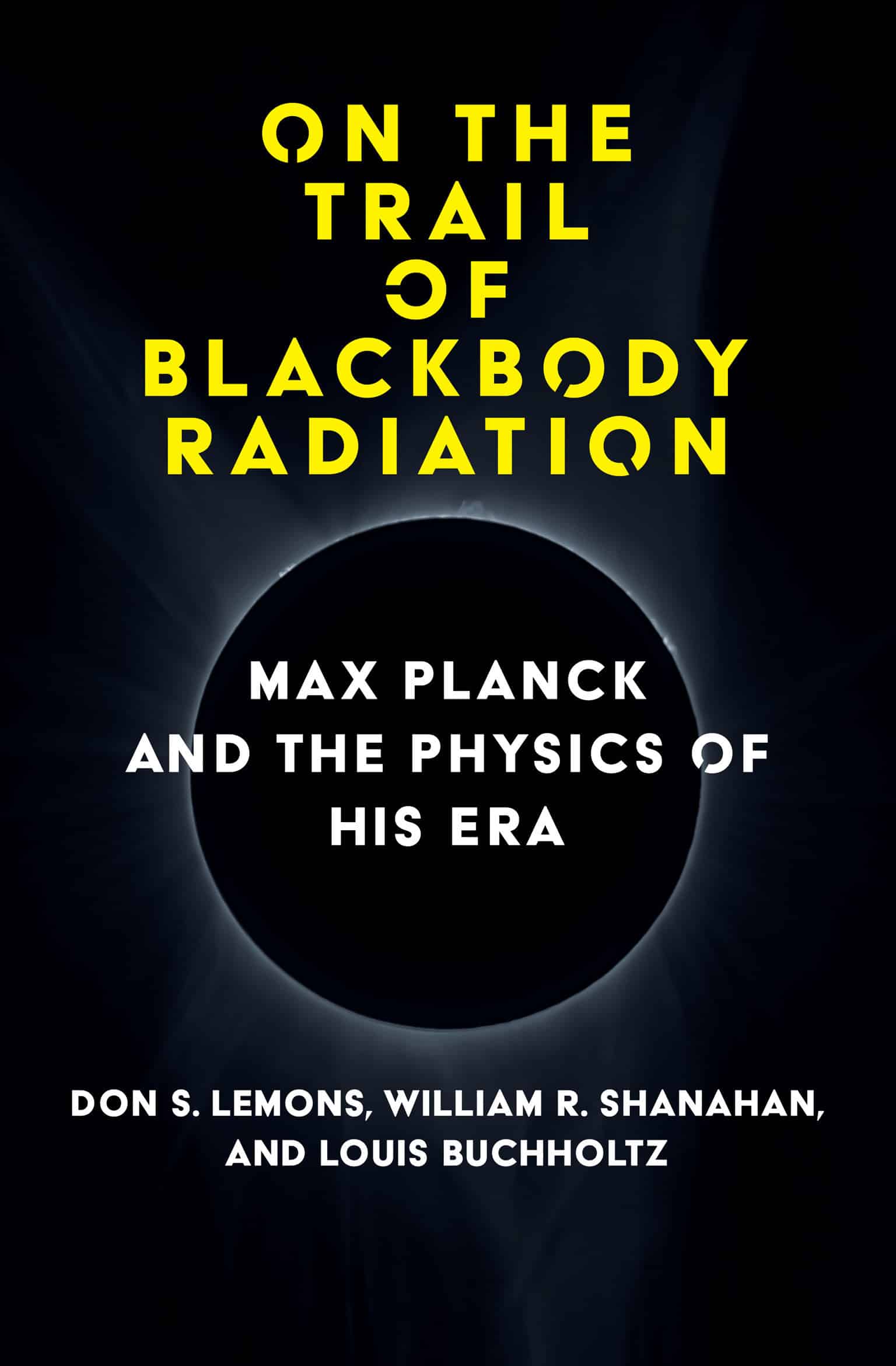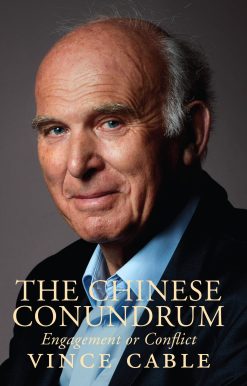Max Planck and the Physics of his Era: On the Trail of Blackbody Radiation
30.00 JOD
Please allow 2 – 5 weeks for delivery of this item
Description
An account of Max Planck’s construction of his theory of blackbody radiation, summarizing the established physics on which he drew.In the last year of the nineteenth century, Max Planck constructed a theory of blackbody radiation—the radiation emitted and absorbed by nonreflective bodies in thermal equilibrium with one another—and his work ushered in the quantum revolution in physics. In this book, three physicists trace Planck’s discovery. They follow the trail of Planck’s thinking by constructing a textbook of sorts that summarizes the established physics on which he drew. By offering this account, the authors explore not only how Planck deployed his considerable knowledge of the physics of his era but also how Einstein and others used and interpreted Planck’s work. Planck did not set out to lay the foundation for the quantum revolution but to study a universal phenomenon for which empirical evidence had been accumulating since the late 1850s. The authors explain the nineteenth-century concepts that informed Planck’s discovery, including electromagnetism, thermodynamics, and statistical mechanics. In addition, the book offers the first translations of important papers by Ludwig Boltzmann and Wilhelm Wien on which Planck’s work depended.
Additional information
| Weight | 0.32915 kg |
|---|---|
| Dimensions | 2.1082 × 13.97 × 21.7424 cm |
| by | |
| Format | Hardback |
| Language | |
| Publisher | |
| Year Published | 2022-9-20 |
| Imprint | |
| Publication City/Country | USA |
| ISBN 10 | 0262047047 |
| About The Author | Don S. Lemons is Professor of Physics Emeritus at Bethel College in North Newton, Kansas and the author of Drawing Physics: 2,600 Years of Discovery from Thales to Higgs and Thermodynamic Weirdness: From Fahrenheit to Clausius (both published by the MIT Press). William R. Shanahan, now retired, was a scientific staff member at the Los Alamos National Laboratory. Louis Buchholtz is Professor of Physics Emeritus at California State University, Chico. |
"Black-body radiation — emitted and absorbed by non-reflective bodies in thermal equilibrium — was named by Gustav Kirchhoff in 1862. But he and others were perplexed by calculations suggesting it should be infinite at high frequencies. This unavoidably mathematical history by three physicists follows the trail from Kirchhoff to Max Planck — who in 1900 explained that the radiation could change its energy only in minimal increments proportional to the wave’s frequency — and Albert Einstein’s quantum theory of radiation in 1917."—Nature |
|
| Other text | “Highly recommended—this short volume was a delight to read. In teaching physics, we generally present important results without pointing out the various and critical historical steps which have led to their discovery. Not so in this book which, beginning with Rudolf Clausius and ending with Albert Einstein, details in a highly readable way the evolution of the thermodynamic arguments (both right and wrong) which led eventually to Max Planck's 1901 discovery, after his seven years of hard work, of quantization and thereby to his celebrated formula for the spectral density of a black body. As a special bonus, first time English translations of Ludwig Boltzmann's 1884 discussion of what is now called the Stefan-Boltzmann law and Willy Wien's 1893 derivation of his displacement formula are given in an appendix.” —Barry Holstein, Emeritus Professor, University of Massachusetts, Amherst “This is a unique historical resource for teachers, students and researchers seeking a deeper understanding of blackbody radiation. The well-qualified authors critically dissect the original work by Planck, Wien, Kirchhoff, Boltzmann, and Einstein, revealing not only new ideas but also foibles. The table of contents illustrates the broad scope of blackbody radiation physics, and whet's one's reading appetite. The powerful concept of adiabatic invariants provides a common thread in the first five chapters and is followed by a cogent assessment of the interplay of Boltzmann's work with Planck's and Einstein's. A retrospective final section entitled "Big Ideas" summarizes and unifies the diverse chapters. Appendices with translations of important papers by Ludwig Boltzmann and Wilhelm Wien add to the value of On the Trial of Blackbody Radiation, which I believe deserves a place on every physicist's bookshelf.” —Harvey S. Leff Visiting Scholar, Reed College & Professor Emeritus of Physics, California State Polytechnic University |
| Table Of Content | Preface xiA Brief Guide to the Trail xv1 The Prehistory of Blackbody Radiation 12 Classical Thermodynamics 73 Kirchhoff's Law, 1859 254 The Stefan-Boltzmann Law, 1884 335 Wien's Contributions, 1893-1896 516 The Damped, Driven, Simple Harmonic Oscillator 697 The Fundamental Relation 798 Planck's Zeroth Derivation, 1900 919 Boltzmann's Statistical Mechanics 10510 Planck's "First Derivation," 1900-1901 11911 Einstein's Response, 1905-1907 12912 Einstein on Emission and Absorption, 1917 139The Big Ideas 147Acknowledgments 155Annotated Bibliography 157Appendix A English Translation of "A Derivation of Stefan's Law, Concerning the Temperature Dependence of Thermal Radiation, from the Electromagnetic Theory of Light" by Ludwig Boltzmann in Graz (1884) 161Appendix B English Translation of "A New Relationship between Blackbody Radiation and the Second Law of Thermodynamics" by Willy Wien in Charlottenburg (1893) 165Appendix C An Electromagnetic Adiabatic Invariant 177Appendix D An Ideal Gas "Displacement Law" 181Notes 187Index 201 |
Only logged in customers who have purchased this product may leave a review.






Reviews
There are no reviews yet.